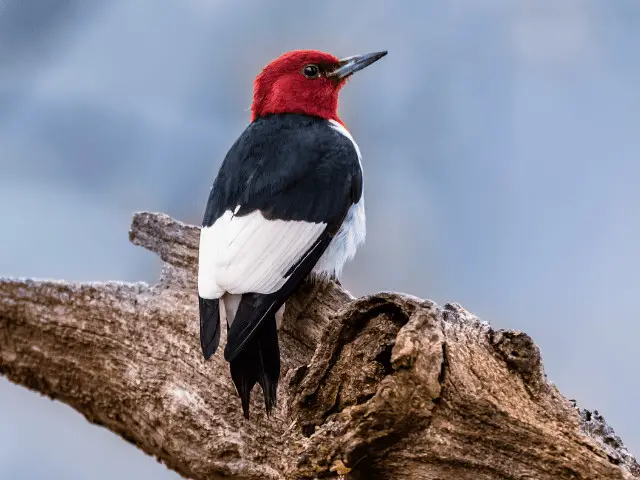You've probably seen birds with red heads before. I mean, who wouldn't notice such bright a bright color that contrasts the color of leaves?
However…
Identifying such a bird could be challenging since many bird species have red pigments on their head. The coverage, pattern, and shade vary too.
If you want to learn how to distinguish the species of red-headed birds, we've got you covered because we prepared a list of 13 birds with red heads that you can identify!
1. Northern Cardinal
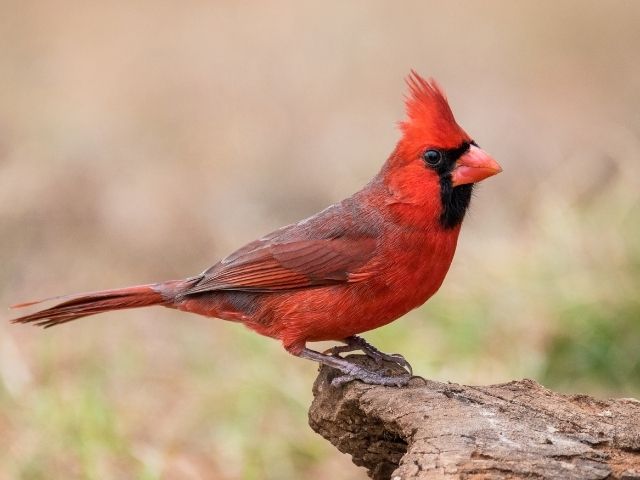
The Northern Cardinal (Cardinalis cardinalis) is a well-known feeder bird and a famous sight during the winter months.
The male birds have a vivid red plumage and a red bill, contrasted by the black mask and chin. The females are duller, with a light brown body and splashes of gray, but still possess some red.
However, you can also attract them to backyard feeders with peanut hearts, millet, and sunflower seeds.
2. Red-Headed Woodpecker
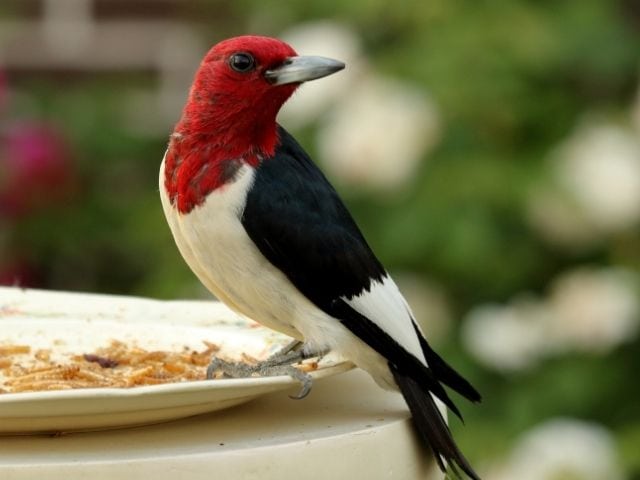
As you may have guessed, the Red Headed Woodpecker (Melanerpes erythrocephalus) has an entirely red head, including the throat and the upper breast.
Meanwhile, the body of red headed woodpeckers is entirely white, its tail is black, and its black wings have a large white spot about two-thirds down.
You can also attract the red-headed woodpecker using fruits and suet feeders.
3. Red-Bellied Woodpecker
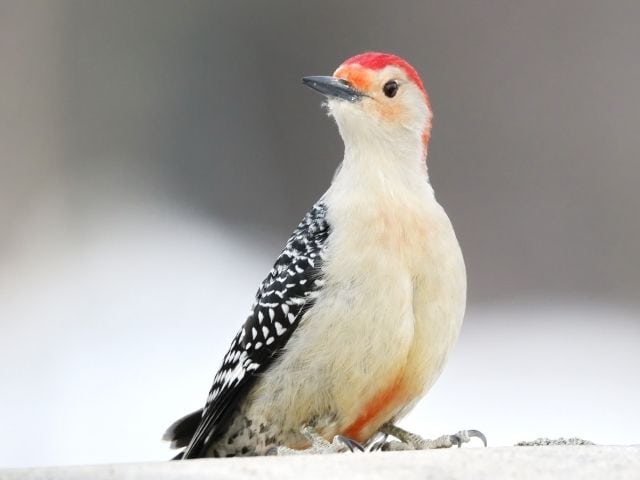
The Red Bellied Woodpecker (Melanerpes carolinus) has a pale red belly, although it is hard to spot.
Instead, you can identify this species with the red stripe on its head and nape, and its black and white wings with a zebra-like pattern.
Red-bellied woodpeckers typically eat small insects, but they can also visit bird feeders to feed on suet, peanuts, and seeds, especially during winter.
4. Pileated Woodpecker

The Pileated Woodpecker (Dryocopus pileatus) is the largest woodpecker species in North America.
Its plumage is black and white. It has a primarily black body and wings, white streaks on its cheek and neck, and a white underwing that is visible during flight.
"Pileated" comes from its bright red crest, derived from the Latin pileatus meaning "capped." The male birds also have a red streak on both cheeks.
You can tell the presence of this bird when you spot a tree bark with broad rectangular holes, as this is how it forages for carpenter ants.
You can try attracting Pileated Woodpeckers with suet feeders, although they are highly elusive.
5. House Finch
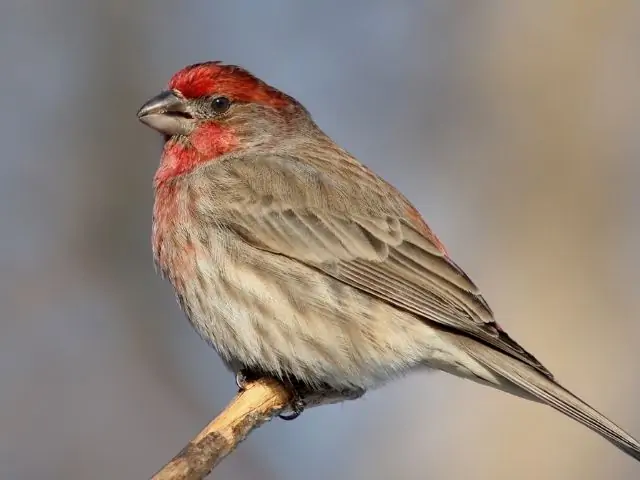
The House Finch (Haemorhous mexicanus) is known as one of the most populous birds in North America. When this species was introduced to New York in the 1940s, it became widespread.
Its plumage from the body, wings, and tail is predominantly white with brown streaks. The head, throat, and rump of male house finches are red (sometimes orange), while the female is brown-streaked overall. As you may probably have noted, the male house finch has a brighter color than the female.
They mainly eat seeds, but also insects and fruits. You can attract them to your backyard feeders with black oil sunflower seeds or nyjer seeds.
6. Purple Finch

The Purple Finch (Haemorhous purpureus) is another common bird that looks similar to the House Finch.
The most apparent difference between the males of both species is that the Purple Finch has a deeper red and (you guessed it) purple plumage compared to the bright red and orange of the House Finch.
However, differentiating the females of purple finches is even harder because they share the same plumage colors. The next dependable characteristic to observe is body structure.
If this finch ever visits your garden, you can attract it to backyard feeders containing black oil sunflower seeds.
7. Cassin's Finch
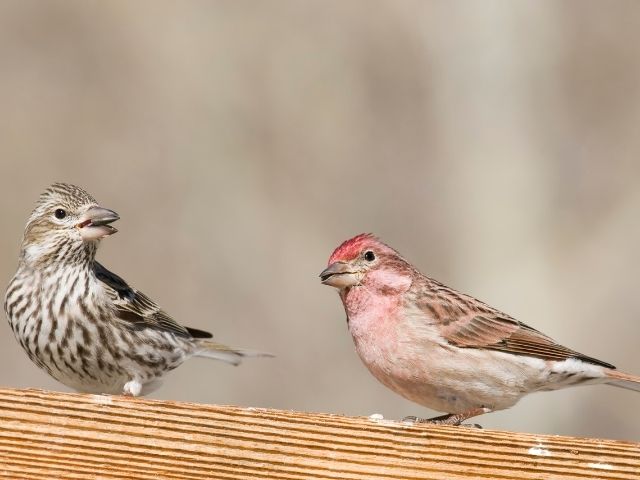
Another finch to add to the list is the Cassin's Finch (Haemorhous cassinii). It is remarkably similar to the Purple Finch, having the same plumage colors and all.
The only way to recognize a Cassin's Finch is by looking at it closely because out of the finch lookalikes in this list, this species is the only one with a peaked crown.
However, it may visit sunflower seed feeders and fruiting shrubs in the lowlands during the winter.
8. Red Crossbill
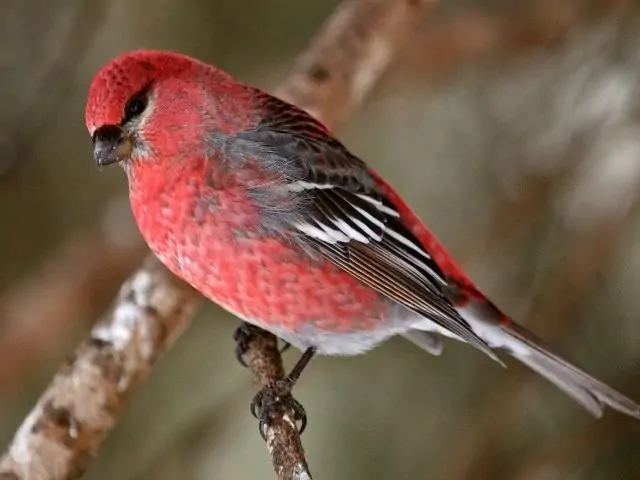
The Red Crossbill or Common Crossbill (Loxia curvirostra) is an orange-red bird overall, with the wings and tail being black.
They typically move in flocks, residing in coniferous forests to forage for pinecone seeds or insects.
They may also visit ornamental evergreens during the winter, feeding on pinecone seeds from feeders.
9. Vermilion Flycatcher
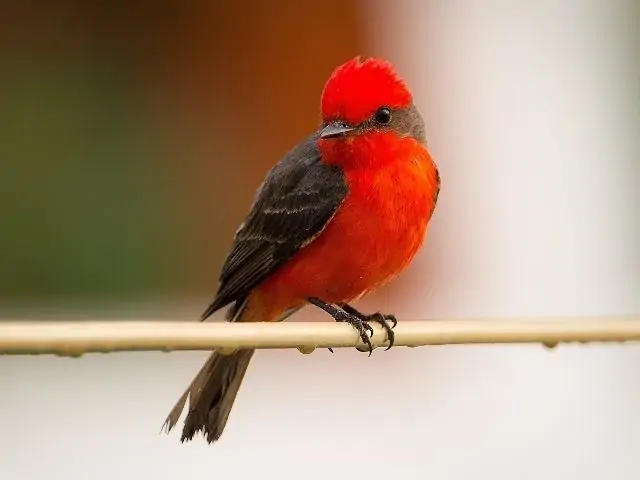
The Vermilion Flycatcher (Pyrocephalus obscurus) is another mostly red bird with a ruby-colored crown, throat, and underparts, while its wings, back, and tail are black and gray.
On the other hand, the female bird is white and gray overall, with a salmon-colored belly.
As the name suggests, this bird feeds on flying insects by taking them mid-air. Compared to the other birds in this list, this one isn't known to eat plant material.
10. Summer Tanager
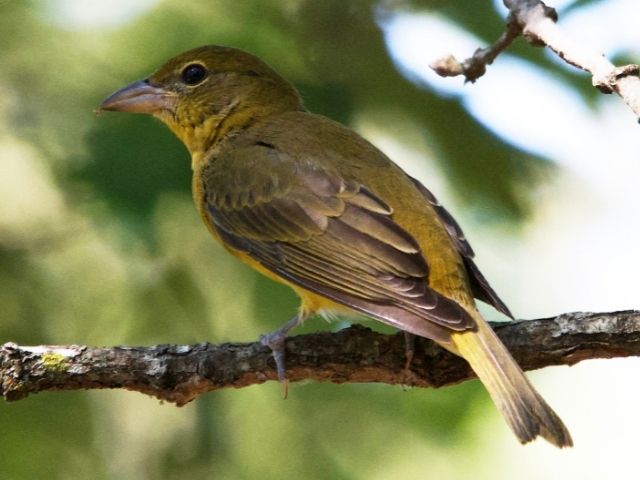
The male Summer Tanager (Piranga rubra) is the only bird in North America with an entirely red plumage! The females, on the other hand, are a mix of olive and yellow.
It's also known as the bee bird because it feeds on bees and wasps by beating them against a branch then rubbing off the stinger before eating them.
11. Scarlet Tanager
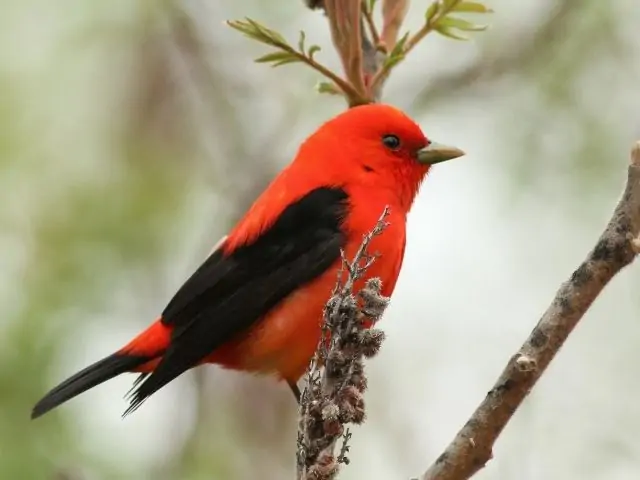
The male and female Scarlet Tanager (Piranga olivacea) share the same body color as the Summer Tanager, except their wings and tail are black.
However, they can also be found in parks and suburban areas with large trees.
Their diet consists of bees and insects, but you can also attract them to your backyard with a suet feeder and berry plants.
12. Western Tanager
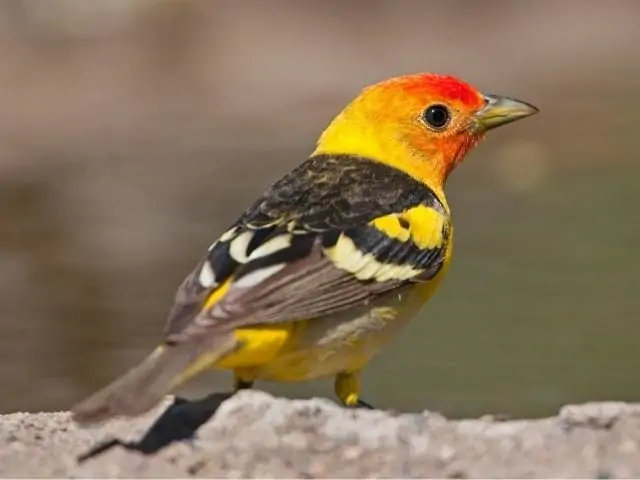
The Western Tanager (Piranga ludoviciana) has a yellow body, black wings and tails with yellow streaks, and a splash of red on its head. The female, on the other hand, has a yellow head instead.
You can attract them to a bird feeder with fruits such as oranges, but they eat insects as well. In fact, the males get their red head from the insects they eat, as they cannot produce the red pigment themselves.
13. Redhead
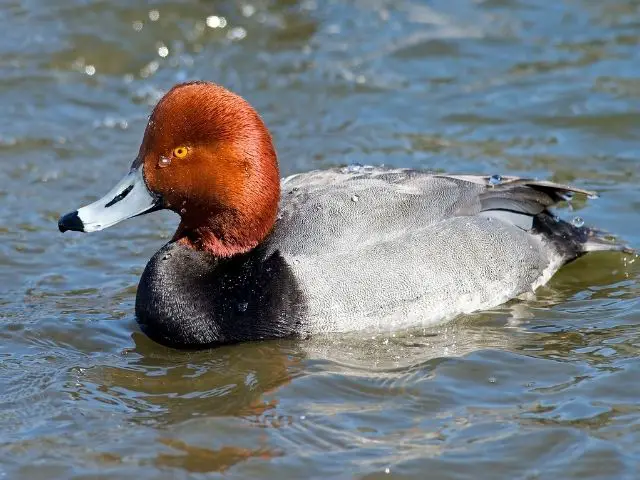
As you probably guessed, the Redhead (Aythya americana) is a diving duck with a red head.
The rest of its body is a combination of white, black, and gray, while its beak has a shade of blue. The females are duller overall with different shades of brown.
They eat a variety of animal and plant matter in the water but eat mostly animal matter during their breeding season.
Frequently Asked Questions
Why do birds have red heads?
In general, birds are colorful because of their feather structure, which determines how they absorb and reflect light. Birds also get their color from their diet, as certain foods contain pigments that they can deploy to their feathers. For example, flamingos eat shrimp and algae to keep their pink color!
Apart from looking pretty, birds use their color to identify each other and defend themselves from predators through camouflage and distraction. They also use their plumage to attract possible mates, especially in the breeding season.
If you've noticed, many of the male birds in this list have a brighter color than their female counterparts. That's because they need the pigment to have a higher chance of attracting a female.
Are there other woodpecker species that have red heads?
Most American woodpeckers have some form of red on their head, like the red-breasted sapsucker. However, we only discussed a few because otherwise, we'd be here forever!
If you're looking for other woodpecker red heads species, here is a list that you may find helpful:
- Acorn Woodpecker
- Arizona Woodpecker
- Downy Woodpecker
- Gila Woodpecker
- Golden-fronted Woodpecker
- Flickers
- Hairy Woodpecker
- Ladder-backed Woodpecker
- Male Red-cockaded Woodpecker
- Nuttall's Woodpecker
- Red Breasted Sapsucker
- White-headed Woodpecker
Watch these interesting birds of Acorn Woodpecker:
How about other birds with red heads?
If you still haven't found the red bird you're looking for, like red-headed woodpeckers and other species, here is a list of more birds that have a red head, or a red mark on their head:
- 'Apapane
- 'I'iwi
- Canvasback
- Cassia Crossbill
- Common Rosefinch
- Hepatic Tanager
- Micronesian Myzomela
- Mitred Parakeet
- Painted Bunting
- Pine Grosbeak
- Pyrrhuloxia
- Red Avadavat
- Red-crested Cardinal
- Scarlet Ibis
- White-winged Crossbill
Final Thoughts
Colorful birds are fascinating, especially those with striking red plumage.
The typical response would be, "Oh, a red bird!", but it would be pretty challenging to tell what it is at first glance since there are so many birds with a red head.
The next time you go birding (or, if you're lucky, one visits your backyard), we hope this article helps you identify the next red-headed bird that you see.
Wouldn't it be impressive if you went and saw all the birds we discussed in this list?

